Congratulations! You have finally bought the DIY garden shed kit and you are ready to prepare the ground for the new shed. The Western Red Cedar panels will last a long time and naturally resist pests. The shed will be functional, but it also can turn into a focal point of your garden, as long as you go about the installation process correctly.
You can use your garden shed to store your gardening implements, but you also can use it as a hobby room, your private escape, game room for kids, or anything else you can think of. This multi-functional space extends your living space outdoors and if you add insulation, you can use it round the year beyond being just a storage place for your gardening tools, grass/plant seed, and implements.
Prepare the Ground for the New Shed
The first thing that you need to do to prepare the ground for the new shed is to level the surface. You can do this by first putting in concrete, timber decking, or a garden slab. If you don’t do this, it could result in the garden shed warping, broken windows and even damage to the wood.
Even if you use the shed base that comes with the DIY garden shed kit, the ground would still have to be levelled and the rubble removed. It is prudent to install a weed-proof membrane before placing the shed’s base to prevent weeds and grass from growing and damaging the floor and walls of the shed.
Putting the Base for Your Garden Shed
There are many ways you can create the base for your garden shed. Some of them are as follows:
- Concrete Base: If you intend installing a concrete base, make sure it levelled, flat, and dry before you erect the shed. Use string and pegs to mark the area where you want the garden shed. Dig a hole, about 15 cm deep, and place a wooden framework into which you will be pouring the concrete. Place a layer of stone, about 7 cm and then pour in the cement concrete mix. Spread it out evenly, level it, and let it set.
- Garden Paving Slabs: If you don’t feel like pouring concrete in your garden, go with garden paving slabs. This too requires you to remove about 7 cm of the topsoil. Then add 4 cm of cement and place the garden slabs on the wet cement. Let the cement dry, so that the slabs are firmly fixed and then erect your garden shed.
Mistakes to Avoid When Erecting Your Garden Shed
Some homeowners make mistakes when they prepare the ground for the new shed. This can result in damage to the shed and also be dangerous for you and others. Some mistakes that you should avoid making are:
- Unstable base: Refrain from laying garden slabs on loosely arranged gravel. This will not create a stable base for your garden shed and can result in the wood warping and getting damaged. Remember, you are using a DIY garden shed kit and hence, it is necessary, you make the base firm and stable for your own safety. Think of your house, would you want your house being on a weak foundation?
- Not clearing rubble: If you don’t clean the rubble, garden debris, dead leaves, and garden detritus from the ground, you will not have a hard-standing base. It is important you clear the ground completely before you start laying the base for your shed.
- Not using weed-proof membrane: Timber decking base is often the preferred base, as it gives the shed a more natural appearance. However, if you intend using a timber decking as a hard-standing for your garden shed, make it a point to first clear and level the ground and then place a weed-proof membrane between the ground and the timber base.
- Using dirt, lawn or gravel for the base: Never attempt to erect your garden shed directly on bare ground, gravel, or lawn. This could damage the wood panels due to moisture from the ground and also lead to warping and subsidence.
DIY garden shed kits come with pre-cut Western Red Cedar wood panels. This means you will not have to spend time cutting the wood and making holes in it. The kit has illustrated instructions along with the necessary hardware. However, you will need another person to help you assemble the pieces and erect the shed. And, all garden shed kits will recommend installing the base. So make sure you educate yourself on the different types of bases that can be used with your shed and then select one that best suits your needs and budget.
Remember without ground preparation, you risk damaging your garden shed and also causing injury to yourself and others, as the shed may not be as sturdy as you think it is. So prepare your garden first before you erect your shed. Choose the location carefully and then prep the surface the right way to enjoy the benefits offered by a garden shed. Don’t be afraid to ask for some help. You do not want your shed slowing falling apart in the years to come. That will just invoke one conversation after another that you do not want to have with anyone who sees it.

 So you have decided to stain your shed or playhouse from Outdoor Living Today.com. Western Red Cedar has a reputation for holding finish exceptionally well, and for good reason too. After all,
So you have decided to stain your shed or playhouse from Outdoor Living Today.com. Western Red Cedar has a reputation for holding finish exceptionally well, and for good reason too. After all,  A garden shed is a often used to store gardening equipment and yard tools where they are needed. However, you can also build a decorative garden shed and make it part of the landscaping and design element of the garden. To make the garden shed a focal point of interest in your garden, you need to make it attractive and match the landscaping design of your garden.
The best way to do this is to build a basic garden shed and customize it or decorate it with a bird house on top, a living roof of moss or other plants, allocate part of the shed for a greenhouse, rabbit hutch, or chicken coop. You can incorporate multiple variations on the basic theme.
A garden shed is a often used to store gardening equipment and yard tools where they are needed. However, you can also build a decorative garden shed and make it part of the landscaping and design element of the garden. To make the garden shed a focal point of interest in your garden, you need to make it attractive and match the landscaping design of your garden.
The best way to do this is to build a basic garden shed and customize it or decorate it with a bird house on top, a living roof of moss or other plants, allocate part of the shed for a greenhouse, rabbit hutch, or chicken coop. You can incorporate multiple variations on the basic theme.
 Man caves are passé. The fairer sex now are getting their creative juices going to design their own personal spaces. Apparently the inside of the entire home was not enough!
After all and furthermore, it’s not only the men who need the peace and quiet of a retreat. Fueled by the popular interest generated on Pinterest women all over are excited by the idea of a “
Man caves are passé. The fairer sex now are getting their creative juices going to design their own personal spaces. Apparently the inside of the entire home was not enough!
After all and furthermore, it’s not only the men who need the peace and quiet of a retreat. Fueled by the popular interest generated on Pinterest women all over are excited by the idea of a “
 As your children grow older, they require some space away from you to develop their independence and creativity. While you need to ensure that you are not stifling them with over protectiveness, you also need to ensure that they are safe.
One way of doing this is building a playhouse in the garden for your children. This will let them play independently while having some protection from the elements.
As your children grow older, they require some space away from you to develop their independence and creativity. While you need to ensure that you are not stifling them with over protectiveness, you also need to ensure that they are safe.
One way of doing this is building a playhouse in the garden for your children. This will let them play independently while having some protection from the elements.
 If you are tired of seeing your cluttered garden shed being used merely to store items that you haven’t quite found a place for in your garage, it may be time for a change.
No matter what size your garden shed is, you don’t need to use it to horde gardening tools or Christmas decorations. With just a little bit of time and effort, and not a lot of cash, you can turn your
If you are tired of seeing your cluttered garden shed being used merely to store items that you haven’t quite found a place for in your garage, it may be time for a change.
No matter what size your garden shed is, you don’t need to use it to horde gardening tools or Christmas decorations. With just a little bit of time and effort, and not a lot of cash, you can turn your  You can use your garden
You can use your garden  A shed is usually a structure to have in your garden. While your garden
A shed is usually a structure to have in your garden. While your garden  When you empty out the shed and after you finish cleaning the floor and walls, it is time to inspect the interiors of the shed and make necessary repairs.
Check the floor, ceiling and walls carefully. If you notice holes and crevices, use caulk to fill them in. This will prevent pests from getting inside your shed in winter.
Look behind shelves, hooks and other wall-mounted hangings for damage. If you notice anything, repair it immediately.
Carefully check the seals around windows and doors. If you notice cracks or damaged weatherstripping, replace it. Otherwise, cold air and moisture will make their way into the shed. Oil the door hinges, so that they function optimally even during winter.
If you have the energy and money, give the walls a fresh coat of paint to renew the appearance.Waterproof the floor to enhance its longevity if you intend using winter tools. The wet tools can damage wooden flooring.
When you empty out the shed and after you finish cleaning the floor and walls, it is time to inspect the interiors of the shed and make necessary repairs.
Check the floor, ceiling and walls carefully. If you notice holes and crevices, use caulk to fill them in. This will prevent pests from getting inside your shed in winter.
Look behind shelves, hooks and other wall-mounted hangings for damage. If you notice anything, repair it immediately.
Carefully check the seals around windows and doors. If you notice cracks or damaged weatherstripping, replace it. Otherwise, cold air and moisture will make their way into the shed. Oil the door hinges, so that they function optimally even during winter.
If you have the energy and money, give the walls a fresh coat of paint to renew the appearance.Waterproof the floor to enhance its longevity if you intend using winter tools. The wet tools can damage wooden flooring.

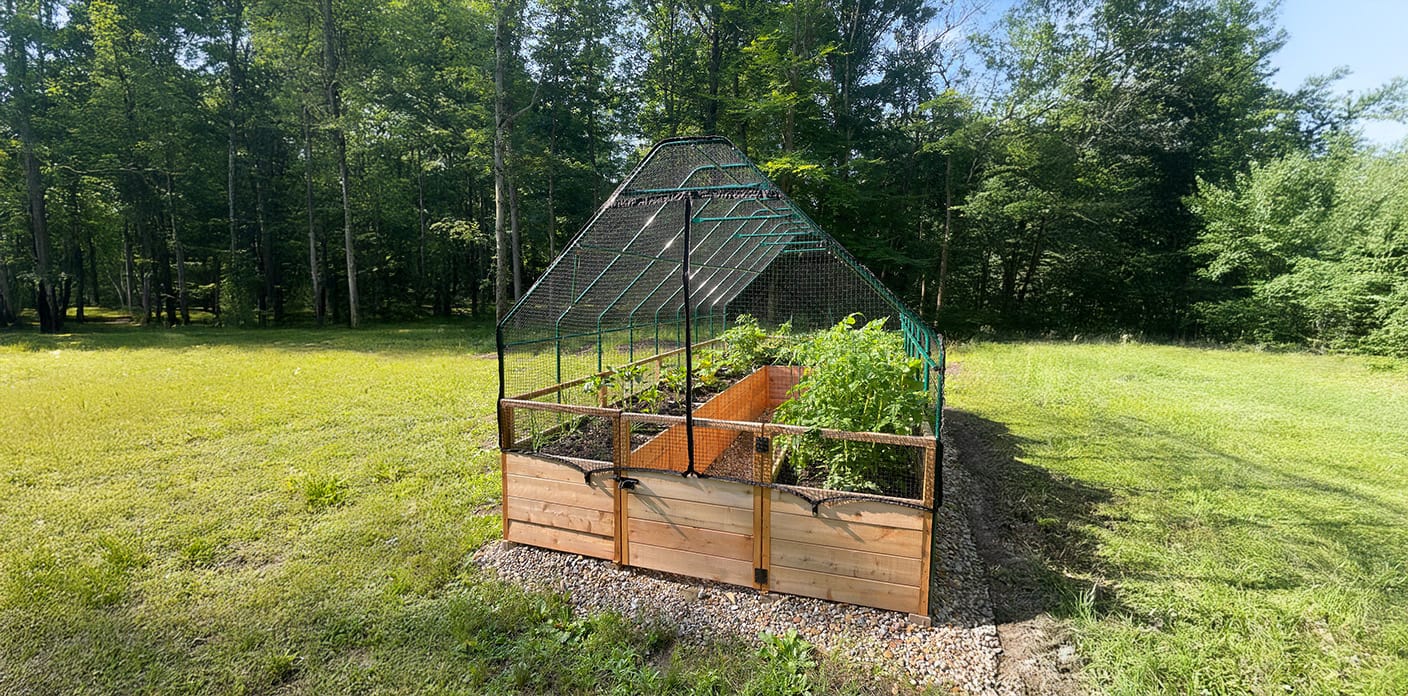
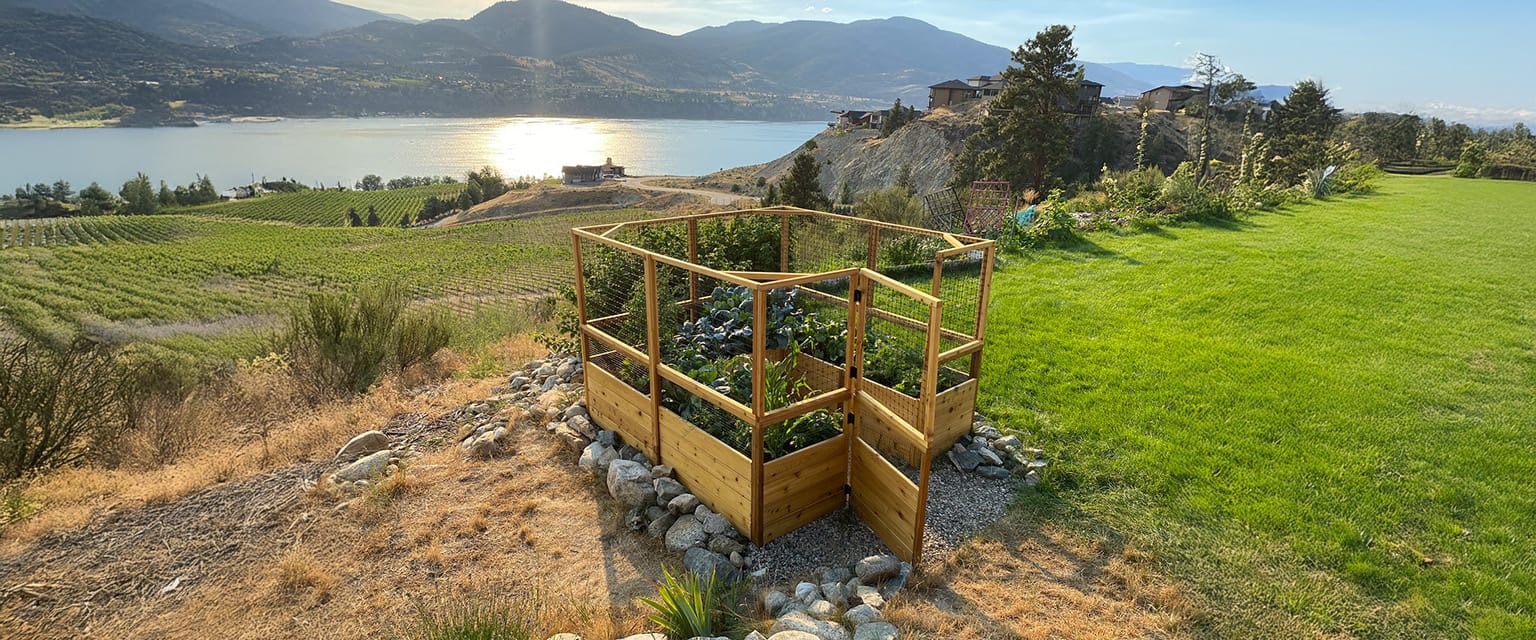
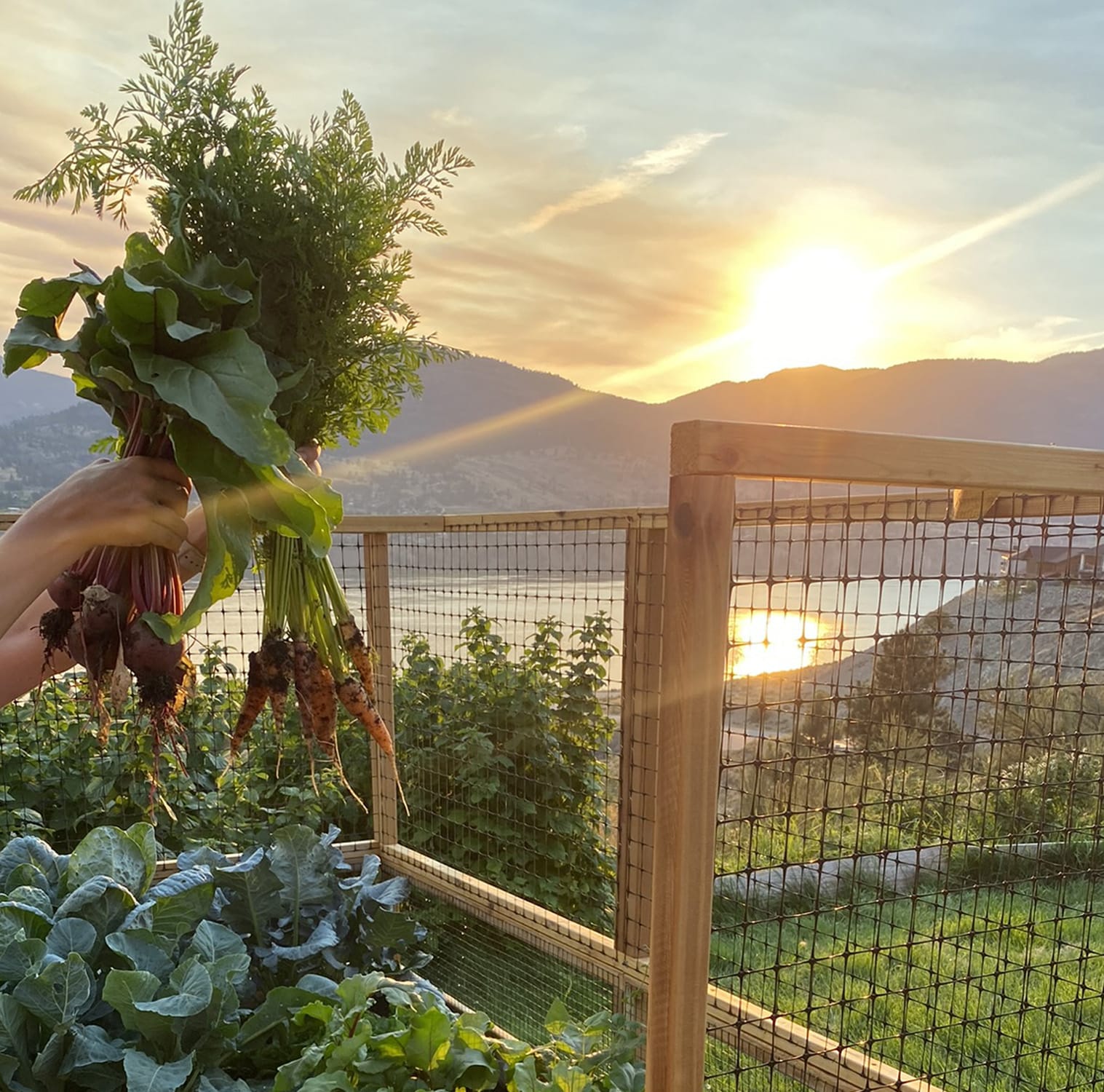
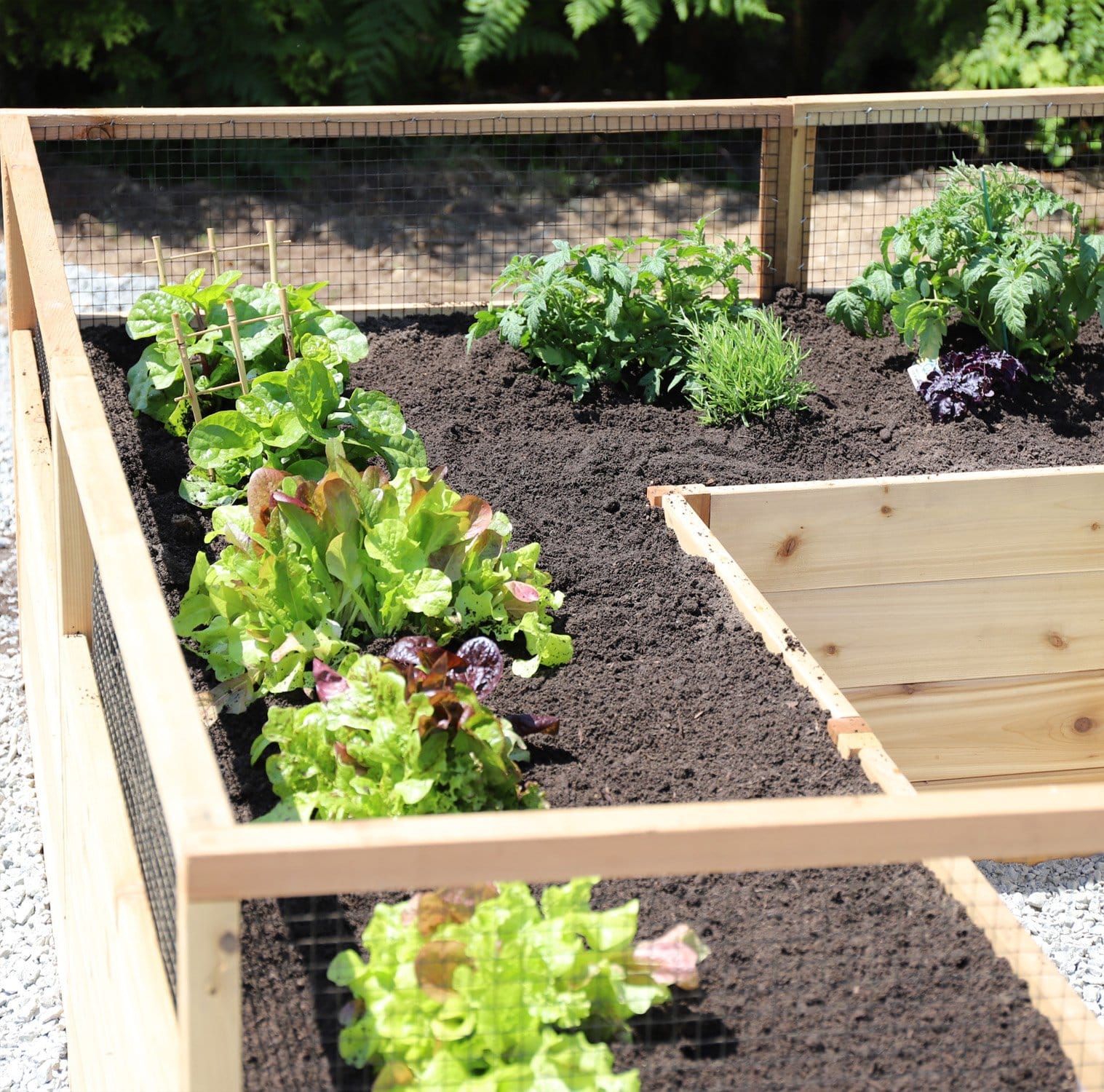
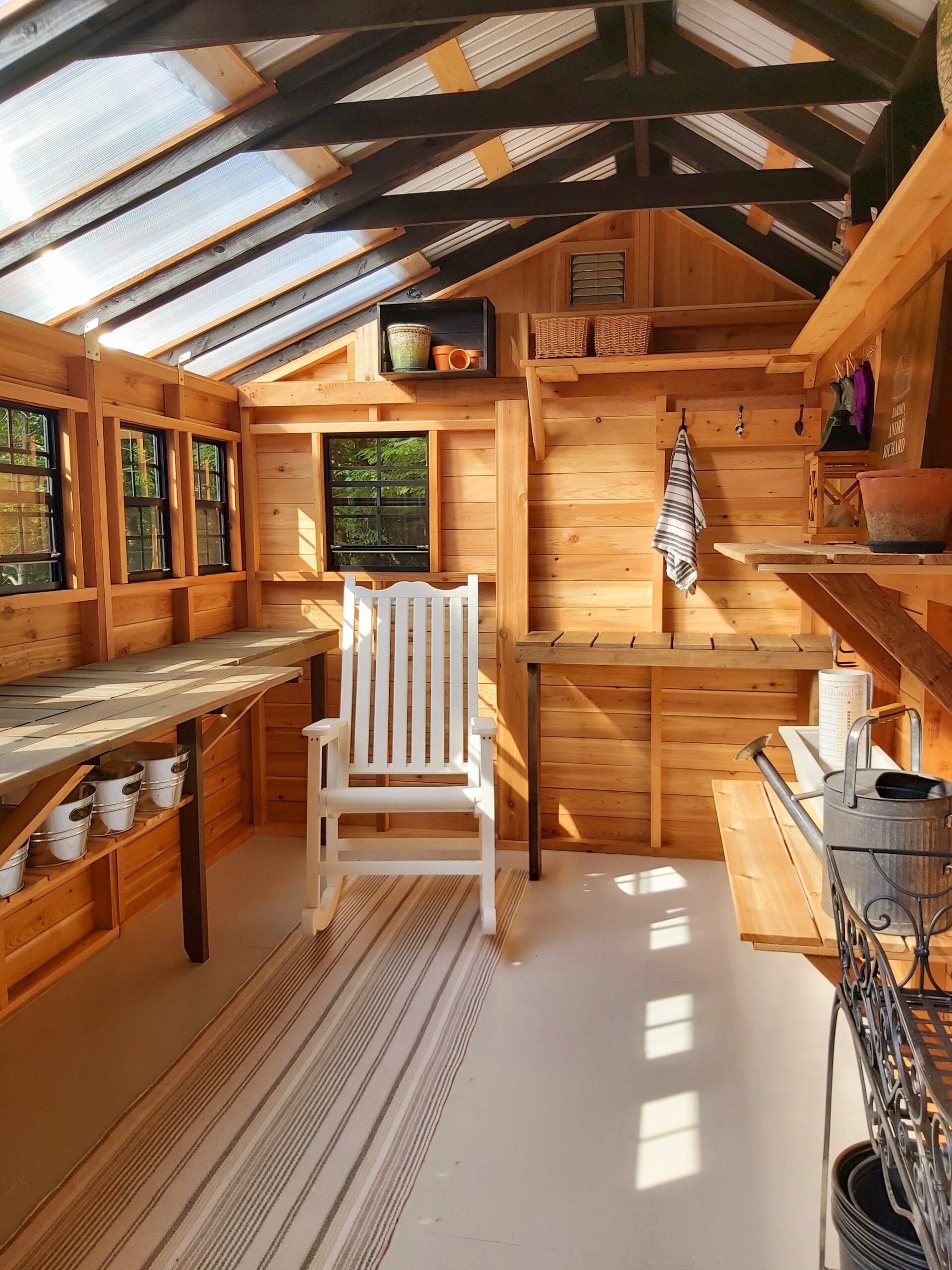
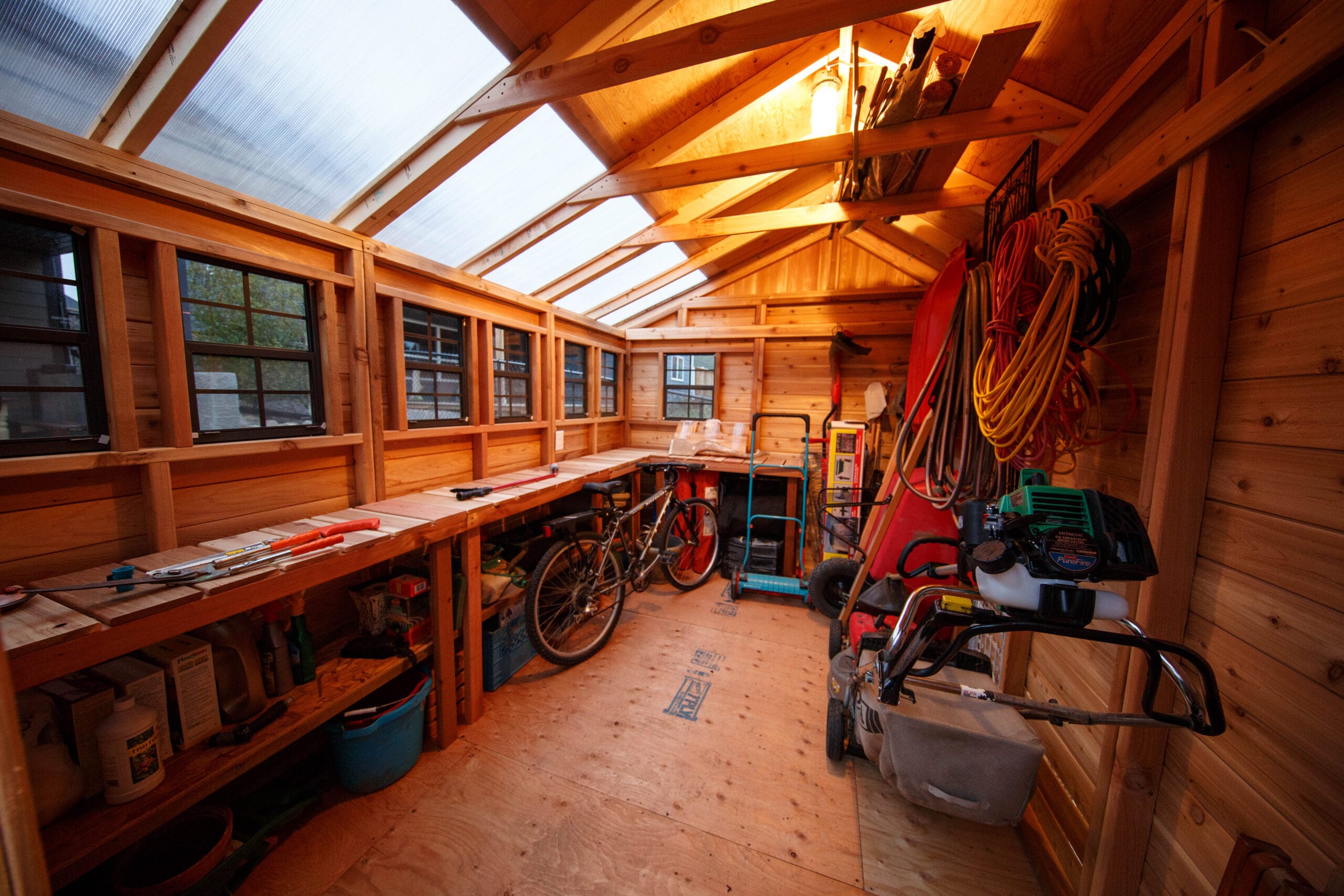
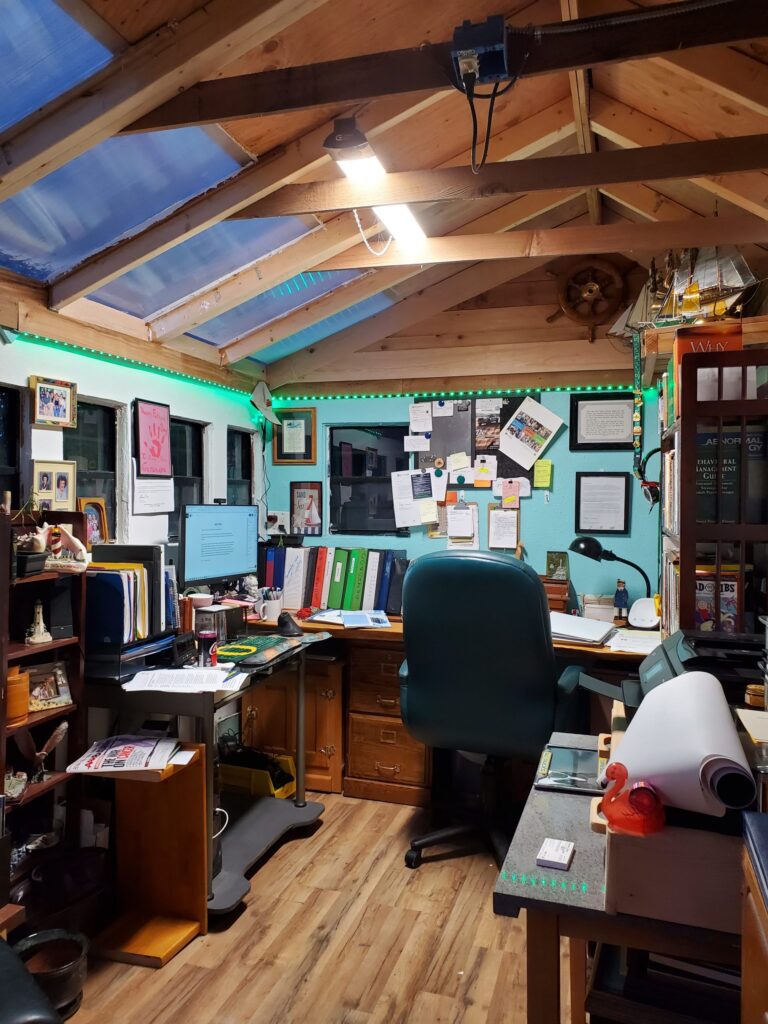
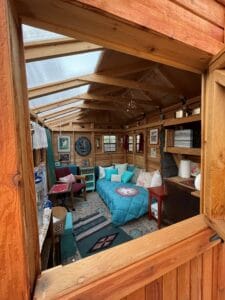
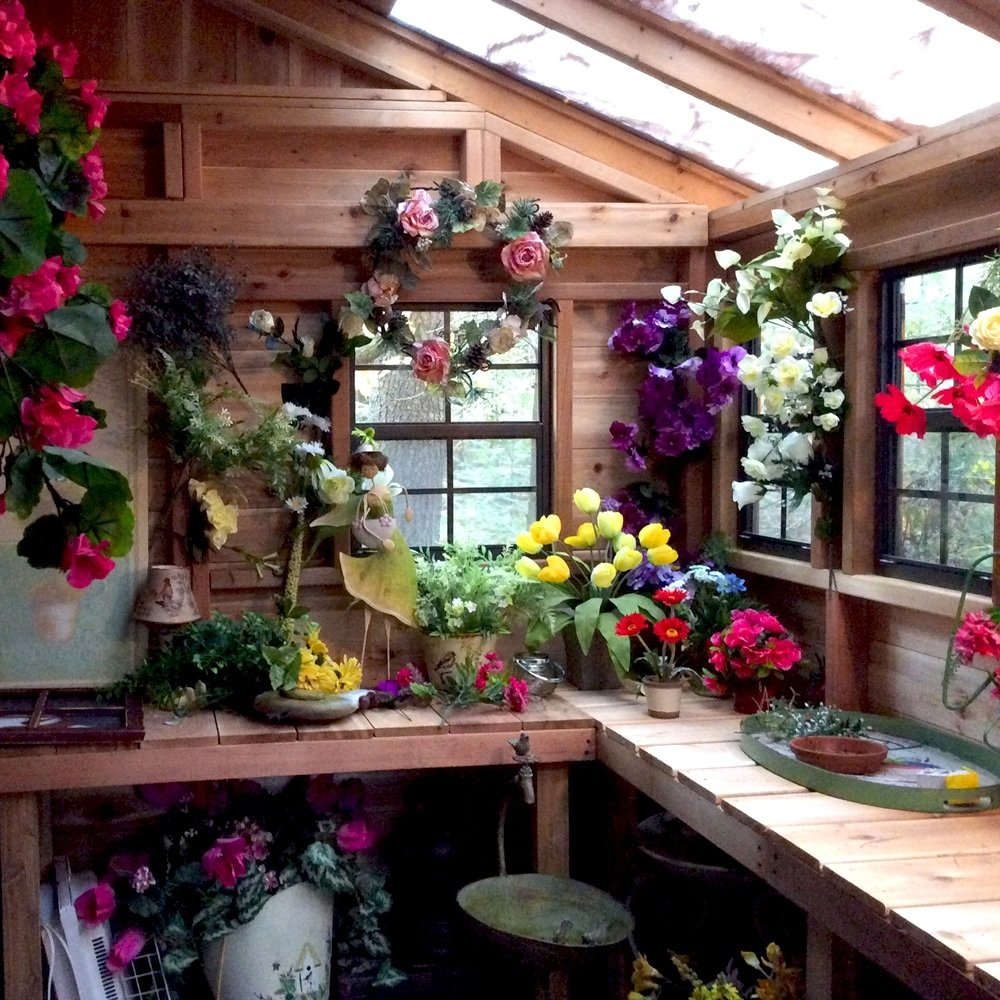
 Explore structures and furniture made for backyard calm →
Explore structures and furniture made for backyard calm → 


